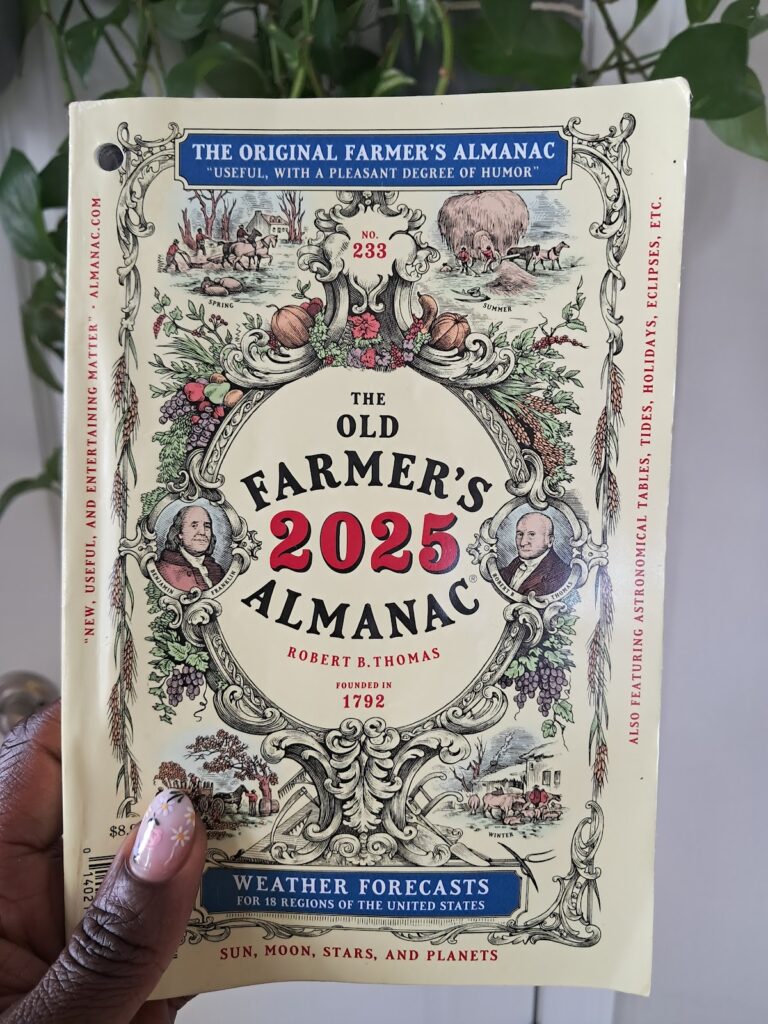
From Tea Leaves to Liberty Trees
The Secret Role of Plants in American Independence
When you think of the Fourth of July, you probably imagine fireworks, hot dogs, and waving the stars and stripes — not tea leaves, hemp fields, or towering pine trees. But what if we told you that plants played a surprisingly leafy role in the fight for American independence?
That’s right. Long before red, white, and blue bunting lined the streets, plants were quietly helping to fuel a revolution.
Tea Trouble: When a Plant Sparked a Protest

It all started with a humble leaf — the Camellia sinensis, better known as the tea plant.
In 1773, colonists had had enough of Britain’s taxes, especially on their beloved tea. So, in a bold act of botanical rebellion, American patriots dressed up as Mohawk Indians and dumped hundreds of crates of British tea into Boston Harbor. The Boston Tea Party wasn’t just a protest — it was a signal flare that said, “No taxation without representation!”
That floating tea? Yep, all from plants.
Growing Independence: Native Crops Take the Stage

As tensions with Britain escalated, Americans looked to their own soil for support. Farming native crops became a revolutionary act.
Corn, beans, and squash — a trio known as the “Three Sisters” — were ancient staples that symbolized strength and sustainability.
Tobacco, though controversial today, was a cash crop that helped bankroll the revolution.
And let’s not forget flax and hemp, which were used to make clothes, paper, and rope — vital for colonies cut off from British imports.
The message was clear: Grow local, stand strong.
The Liberty Tree: Where Freedom Took Root

One of the most famous symbols of American resistance was actually… a tree.
In Boston, patriots gathered under a massive elm tree to protest British rule. It quickly earned the name the Liberty Tree, and similar trees became rallying points in other towns. Loyalists eventually chopped it down — but not before it had rooted itself in the hearts of rebels everywhere.
And then there were the pine trees. Britain had claimed tall Eastern white pines for ship masts — but colonists who chopped them down anyway? Total rebels. Trees as acts of protest? You bet.
Planting Patriotism in the Garden
Founding Fathers weren’t just freedom fighters — they were plant nerds.
Thomas Jefferson, for example, kept detailed notes on his vegetable gardens, often growing native plants as a show of national pride. Gardening wasn’t just about food — it was about independence, sustainability, and rejecting foreign control.
Plant a seed, grow a nation. That was the vibe.
July 4th Goes Botanical
Even early Fourth of July celebrations had a green touch.
People decorated with floral wreaths, laurel garlands, and even oak branches to symbolize strength and unity.
Flowers and greenery were woven into parades, banquets, and patriotic displays.
In some towns, kids marched with sprigs of liberty oak in their hats!
Sure, there were no fireworks back then like today — but you better believe there were plants.
Final Thoughts: Freedom Wasn’t Just Fought With Firearms
It was also brewed, planted, pruned, and harvested.
From tea leaves dumped into harbors to trees that became living symbols of resistance, plants had a quiet but powerful presence in America’s road to freedom. So this Independence Day, while you’re grilling and watching the fireworks, take a moment to raise a toast — maybe with herbal tea — to the unsung heroes of the Revolution: the plants that helped shape a nation.
Need some help protecting your houseplants from the heat this summer?
Contact HousePlantSitter to learn how we can help you with your plants



